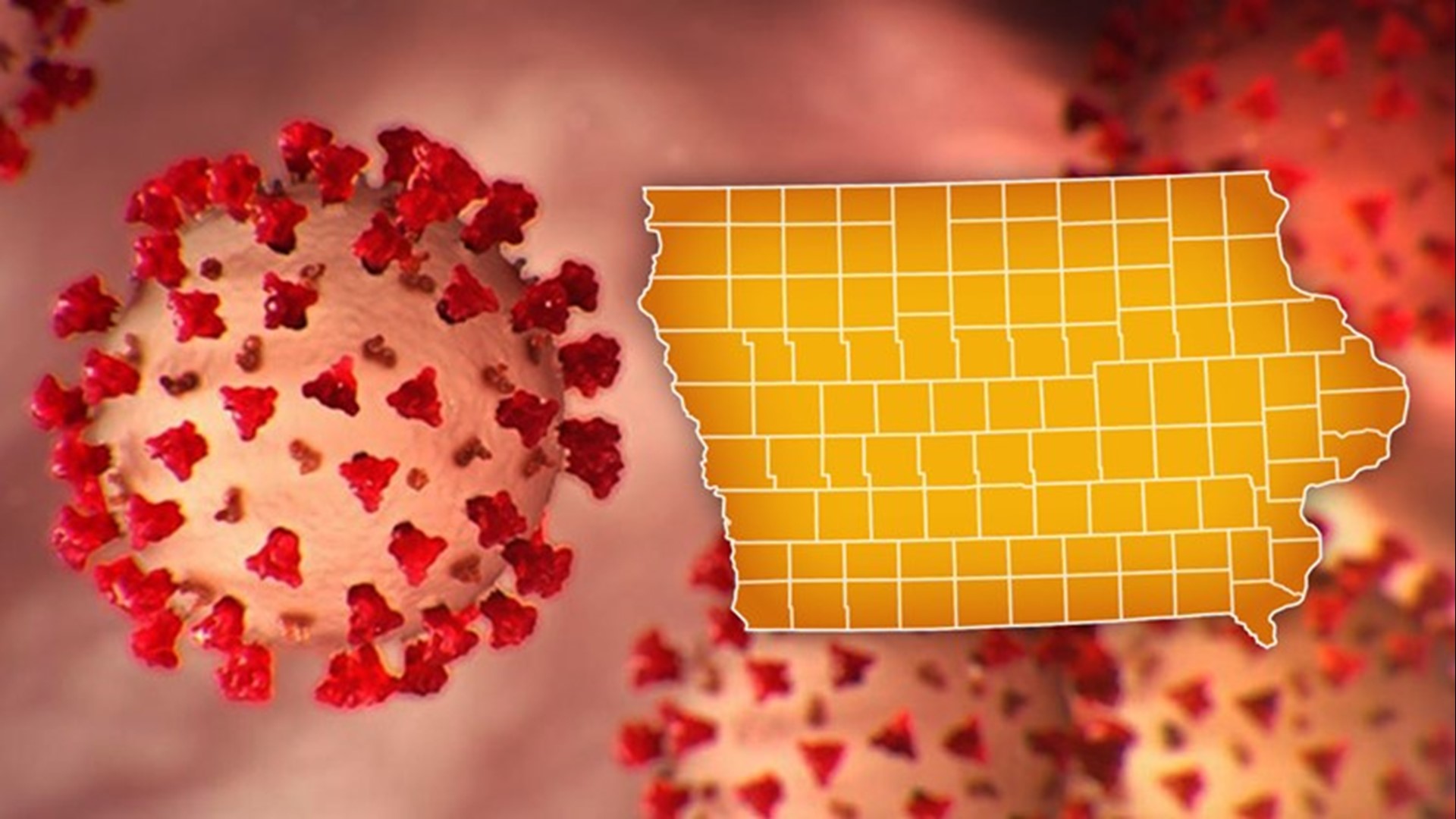IOWA, USA — The Centers for Disease Control and Prevention recommends frequent hand washing, avoiding close contact and staying home if you are sick as main areas of focus for prevention and containment of COVID-19.
If you're a parent or a teacher, you're digesting a lot of information heading into the weekend.
After additional guidance from the state for your school structure in the fall, Local 5 is helping to put things in context.
That starts with the term "positivity rate."
It was talked about during the governor's press conference on Thursday.
It's the data point the state has told districts and public health leaders to use to decide when a district can move to remote or hybrid learning.
But what is the positivity rate?
It's the number of positive tests out of an entire batch of tests taken at a particular time.
For instance, Iowa's statewide positivity rate as of Friday is around 8%. So 8% of the tests taken in the last day turned out positive.
Several experts Local 5 has spoken to say while the positivity rate is a decent metric to use to measure how widespread virus activity is, it shouldn't be the only data point.
Why? Because right now, not everyone in the community is getting tested every single day.
Some days, you might see heavier long term care testing. And that would likely make the positivity rate go up.
Other days, you might see fewer tests administered. So the positivity rate may go down.
Dr. Michael Osterholm from the University of Minnesota was on a call with Des Moines Public Schools on Friday, weighing in on the positivity rate.
He said the positivity rate just shows who is being tested in the community, but not what's actually going on in the community as a whole.
WATCH: Infectious disease specialist reacts to latest Iowa school guidance
Download the We Are Iowa app or subscribe to Local 5's "5 Things to Know" email newsletter.

